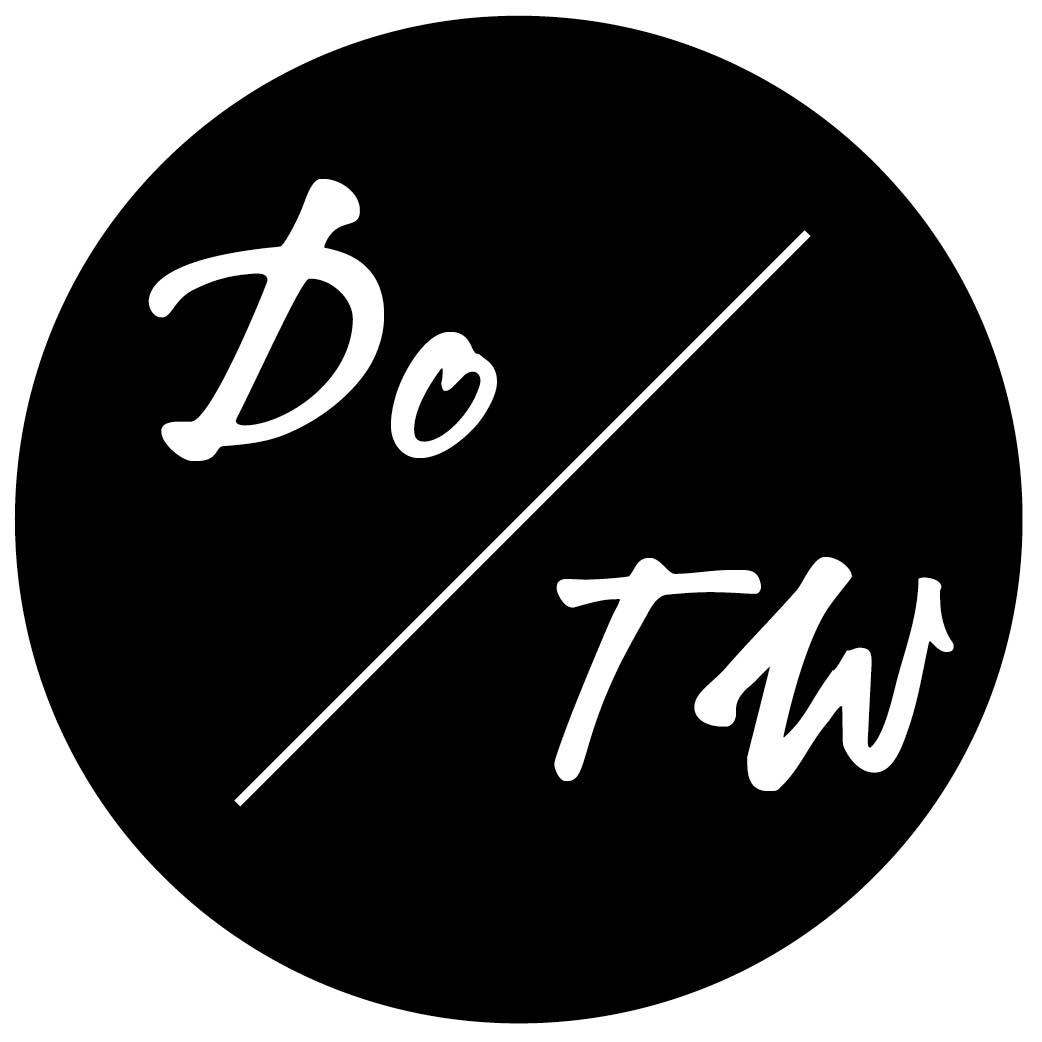Are You Pitching Square Ideas to Round Magazine Sections?
I’ve learned to really hate the term “angle.”
It’s so mushy. What does it really mean? I poked around, and even Google didn’t seem very forthcoming with a definition. Here’s as far as I got:
“In books, it’s called the premise (a woman works her way through Julia Child’s cookbook in a year). In advertising, it’s called the handle (“Trix are for kids!”). In movies, it’s the concept (humans invade the magical habitat of peaceful blue beings on another planet). In an essay, an angle is the controlling idea.”
– Writer’s Digest
“This ‘angle’ is the specific way a news source addresses an issue by offering one perspective or point of view of that story. “
– New York Times
“Short for news angle, it is that aspect of a story which a journalist chooses to highlight and develop. Usually the most newsworthy of its key points. Also called hook or peg. ”
– The News Manual Journalism and Media Glossary
Over time teaching travel writing, and specifically generating article ideas, to writers, I’ve found that it does more harm than good.
Writers end up feeling bad because they just don’t “get” the angle concept. Then they think they’ll never be able to do this. Or that they’re just bad writers.
But I think it all comes down to how diffuse this concept of the angle is. When we do live workshops, I don’t even use the word angle. Instead, I talk about moving an article concept through stages:
- start with the magazine section (the shape of the piece)
- fill in content area (topic or general idea)
- shape the fit the audience of the publication (visiting Mexico’s ancient ruins for an educational family outing during a beach vacation vs. Couples who typically skip beaches for city breaks should head to Mexico for serious culture and history *plus* beaches)
- solidify a clear “why”—why the reader should go there, why the magazine should cover it, and why it should be covered now (a.k.a. why on earth does anyone care about this?)
In our recent At-Home Pitchapalooza Program, someone asked which part is the angle. Is it the time peg part of the why? Is it when we slice it down for a specific audience? Is it when the content is fit into a feature rather than a profile or a round-up rather than a first-person piece?
The real answer is that it’s all of those things, and that’s why so many travel writers struggle with tightly fitting their articles to magazines and getting compliments like this amazing kudos one of our Pitchapalooza participants recently received in response to a pitch:
“I just had an editor compliment me on my ‘well-targeted pitch!’ super thrilled!”
The easiest part to learn, the part that will make the biggest difference in your pitch getting a response or not, and the fastest way to start to get familiar with the type of writing that you can publish, versus the article “ideas” that end up languishing on an unpaid blog, is the magazine sections.
Above, I’ve also called it the “shape” of the piece. The reason this is the foundation is that article ideas are fluid—they can be easily divided up or glommed together or turned into something similar but entirely different. So they need a container to give them shape for what is in your head to translate to an editor. That’s the section or the shape of the piece.
Starting with this shape and *then* filling in the article idea will completely change how you pitch for the better, and that’s why it’s the linchpin of how the Travel Magazine Database is organized. For each magazine we show you the exact format of every section open to freelance writers, because it will practically write your pitch for you in so many cases:
- Personal Profile – Thai Airlines’ Sawasdee : “Spotlight” takes the form of a profile of an interesting person, either someone from Thailand or a person living or working in the country. After a short third-person introduction, which highlights who the person is and what they’re best known for, the article takes the form of a Q&A. In about 700 words, the questions cover their career, connection with Thailand, and any personal anecdotes from work or their personal life.
- Personal Essay – Adirondack Life: “Barkeater” is a 1500-to-1700-word reflective, narrative article that tells the story of a memorable, frightening, or exciting moment of a writer’s life in the Adirondacks. It’s written in first person and often harkens back to a specific memory that either forced the writer to come to terms with an idea, embrace something outside of his or her control, or reanalyze life from that moment onward.
- Round-up – Wine Enthusiast : “Destination” is a 700-word article giving recommendations for things to do in a city around the world. After a short introduction to the place, the article is divided into “Eat” giving restaurant options, “4 Hour Getaway” giving towns to visit nearby, “Shop” for shops to visit, “Drink” for cafes and bars, and “See” for attractions. Each section gives three to six recommendations with a short third-person description for each.
In today’s webinar, What Types of Articles Should You Be Writing? at 3:30 pm EST / 12:30 pm PST , we’ll cover the the different major types of articles that you should be looking out for when you’re on the road: examples of these types of articles, how to pitch them, and how to write them.
Register here and you’ll get the replay even if you can’t attend the event. The replay is available to registrants for one week, after which time it is available for coaching students or for purchase on demand in our Webinar Library!
.

